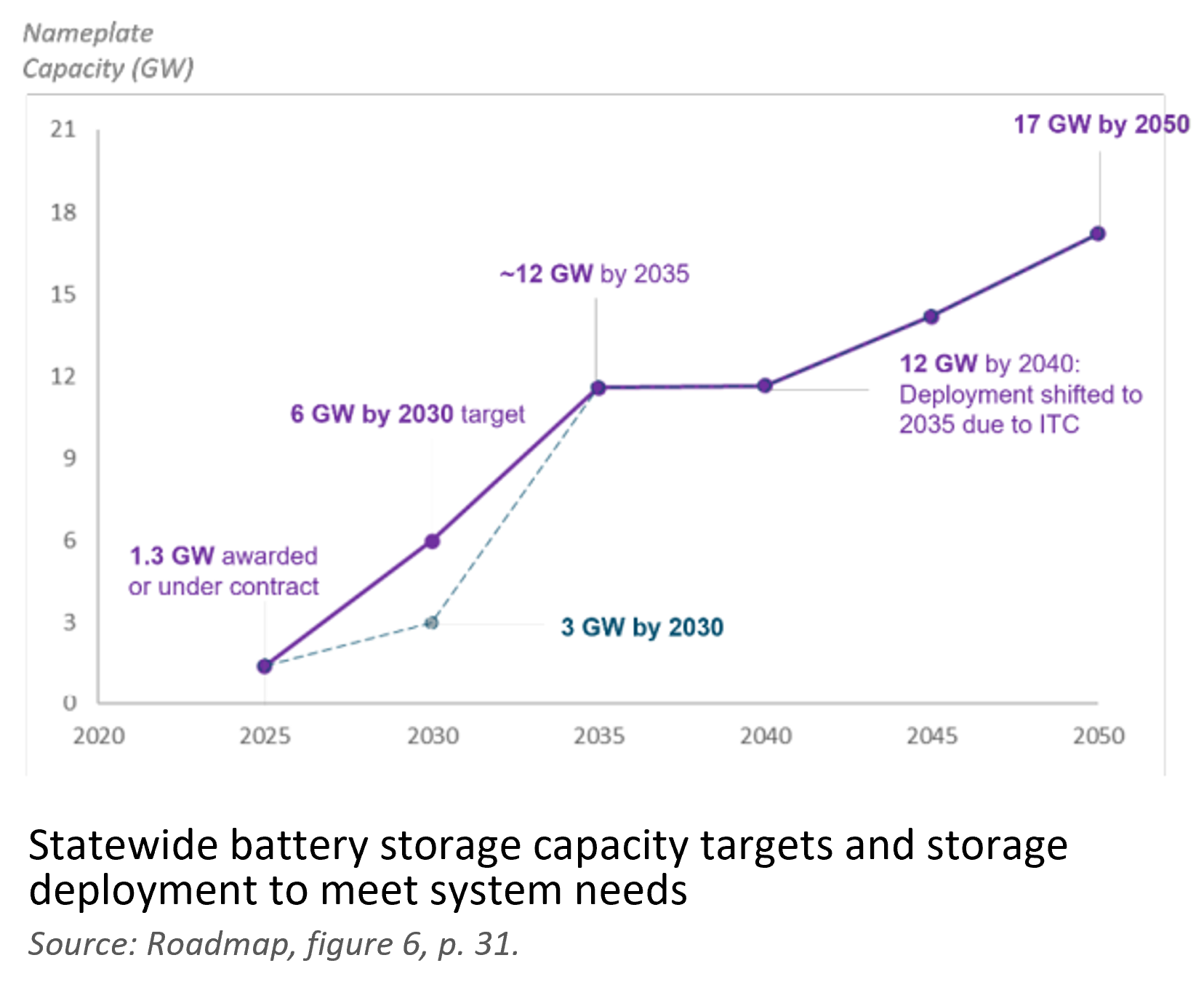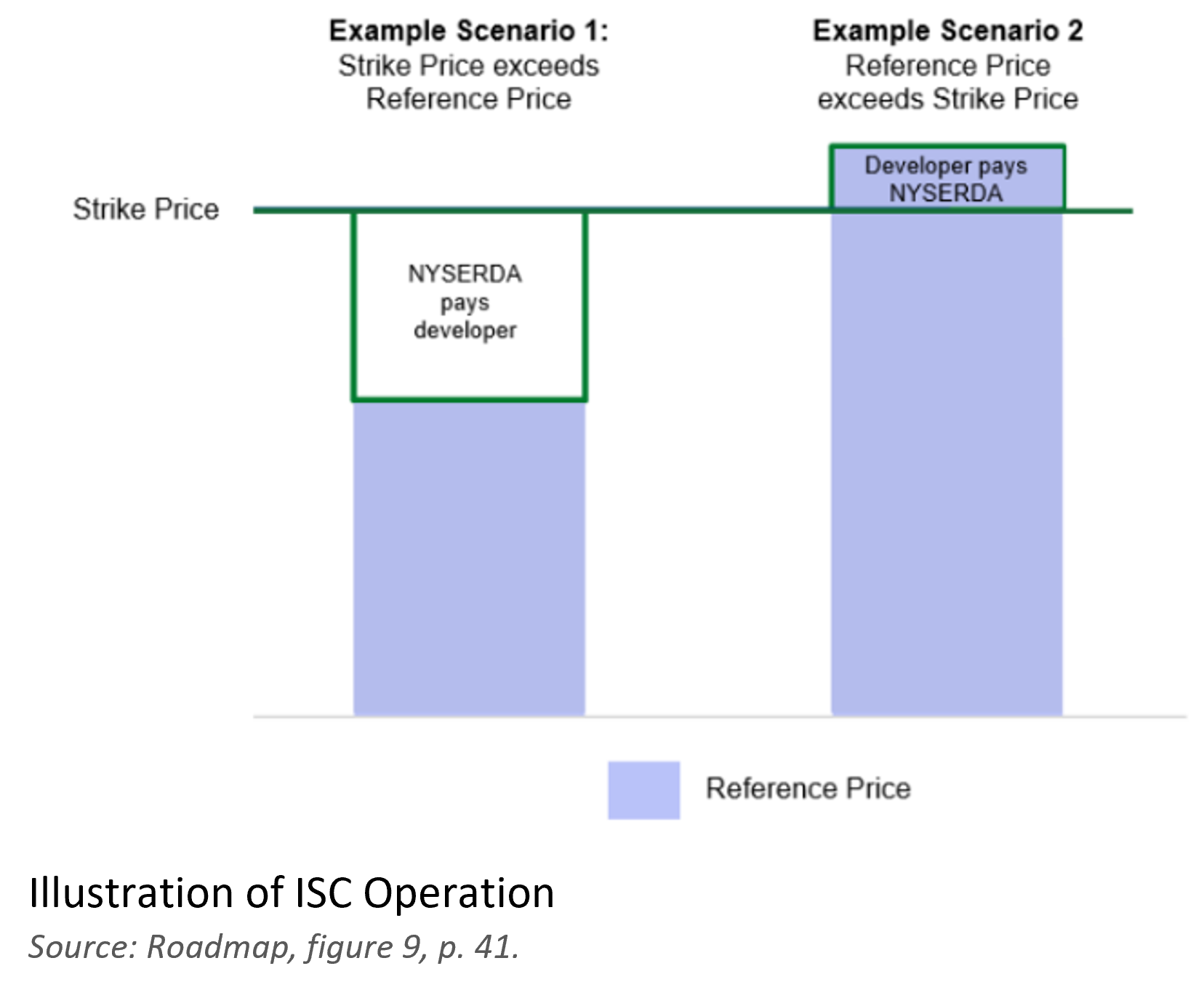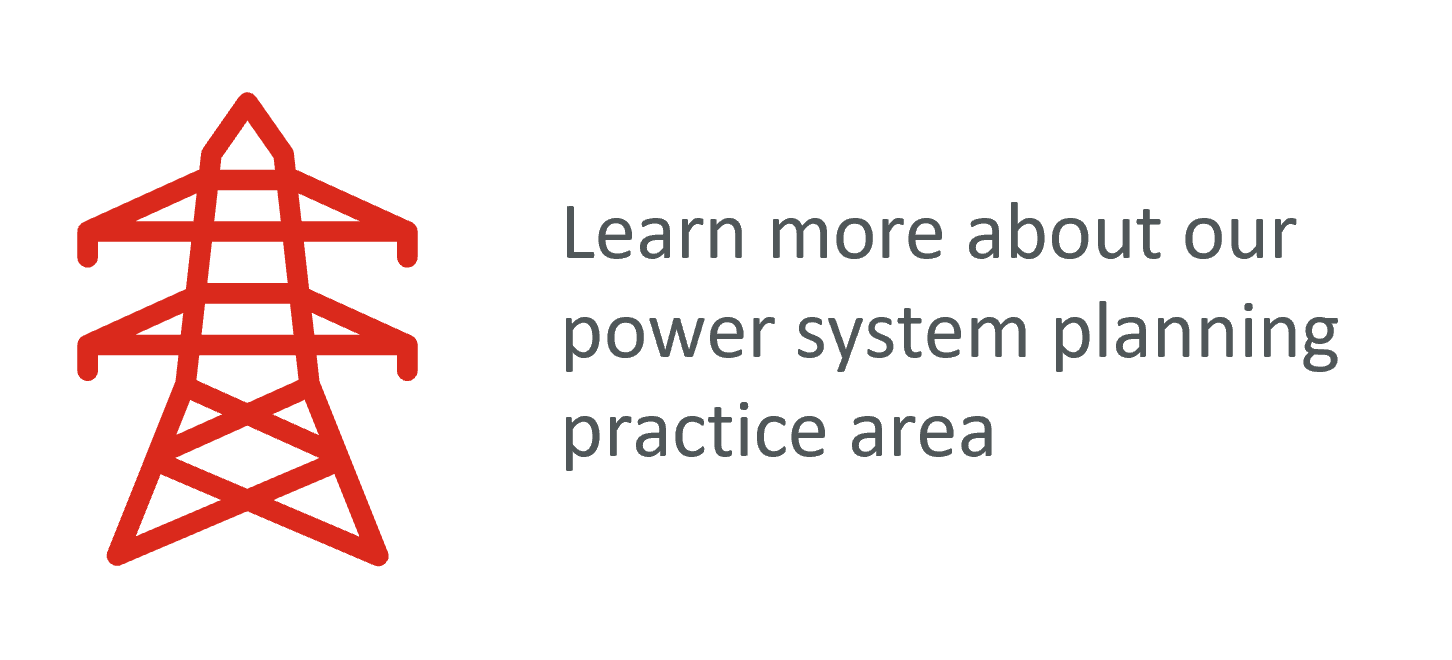For New York to meet its zero emission electric grid goals, energy storage development will need to accelerate beyond today’s business as usual scenario. That’s why the New York State Energy Research and Development Authority (NYSERDA) is creating structures aimed at driving that development. In December 2022, NYSERDA announced its second energy storage roadmap entitled: New York’s 6 GW Energy Storage Roadmap: Policy Options for Continued Growth in Energy Storage. This new framework doubles New York’s energy storage commitment, equivalent to about 20% of peak load forecasted for 2030. (Click here to download the roadmap.)
framework doubles New York’s energy storage commitment, equivalent to about 20% of peak load forecasted for 2030. (Click here to download the roadmap.)
NYSERDA is working with the New York State Department of Public Service (DPS) to the Public Service Commission to meet this 6 GW objective. Together they analyzed market reforms and identified R&D needs to accelerate technology innovation. New program design options proposed in the latest roadmap intend to incentivize storage deployments that can replace the state’s highest polluting fossil fuel generators. Developers are applauding this effort; despite the new Investment Tax Credit (ITC) for standalone energy storage projects that passed as part of the Inflation Reduction Act (IRA) in 2022, most developers need more financial support to get projects built.
The 6 GW goal would be met by a portfolio of retail, commercial and industrial (C&I), and bulk energy storage projects. New York’s first energy storage roadmap was rolled out in 2018 and it addressed optimal energy storage locations, best timing for deployment, the role of long-duration storage, and sought a balance between retail, C&I, and bulk energy storage investment. As of October 2022, New York had 1.3 GW of existing energy storage awarded or under contract and moving toward commercial operation (Source: Roadmap, p. 6).
What makes this updated roadmap different is a new attribute – a proposed centralized procurement mechanism for bulk energy storage called the Index Storage Credit (ISC). The ISC is similar in structure to the Index REC approach NYSERDA used in its Tier 1 REC solicitation and in its first three offshore wind (OREC) solicitations. In the proposed ISC mechanism, bulk energy storage projects would bid a strike price into a bulk energy storage solicitation. Included in the strike price would be the revenues necessary to ensure successful project development. O n a monthly basis, that strike price would be compared to a reference price – when the strike price is higher, NYSERDA would pay the project the difference; when the reference price is higher, the project would pay NYSERDA the difference. Reference prices would be based on an index of wholesale energy and capacity prices and funding would flow from, and to, New York’s load serving entities.
n a monthly basis, that strike price would be compared to a reference price – when the strike price is higher, NYSERDA would pay the project the difference; when the reference price is higher, the project would pay NYSERDA the difference. Reference prices would be based on an index of wholesale energy and capacity prices and funding would flow from, and to, New York’s load serving entities.
The roadmap proposes to procure 3 GW of new bulk energy storage through this new competitive ISC mechanism. Among other things, this new framework also proposes:
- A requirement that electric utilities study the potential for high-value energy storage projects to provide cost-effective transmission and distribution services not currently available from existing markets (otherwise known as Storage as a Transmission Asset (SATA))
- 1,500 megawatts of new retail storage and 200 megawatts of new residential storage to be supported through an expansion of NYSERDA's existing region-specific block incentive programs
- Use of at least 35% of program funding to support projects that deliver benefits to Disadvantaged Communities (DACs) and target fossil fuel peaker plant emissions reductions, with program carve-outs for projects sited in the downstate region, given its high concentration of DACs and peaker plants
- Payment of prevailing wage as a requirement for energy storage projects with a capacity of 1 MW and above
The roadmap was available for initial comment through Monday April 3rd and reply comments are due Monday April 17th. So far, more than 20 parties have submitted comments, including energy storage and clean energy developers and trade association, state agencies, and New York’s electric utilities. Comments can be viewed and submitted on the DPS website here.
Our team is helping clients understand the implications of this currently proposed mechanism and consider what alterations would make the design more efficient going forward. To start a conversation about the impact of this solicitation mechanism on your business, reach out to Chris at the button below.


